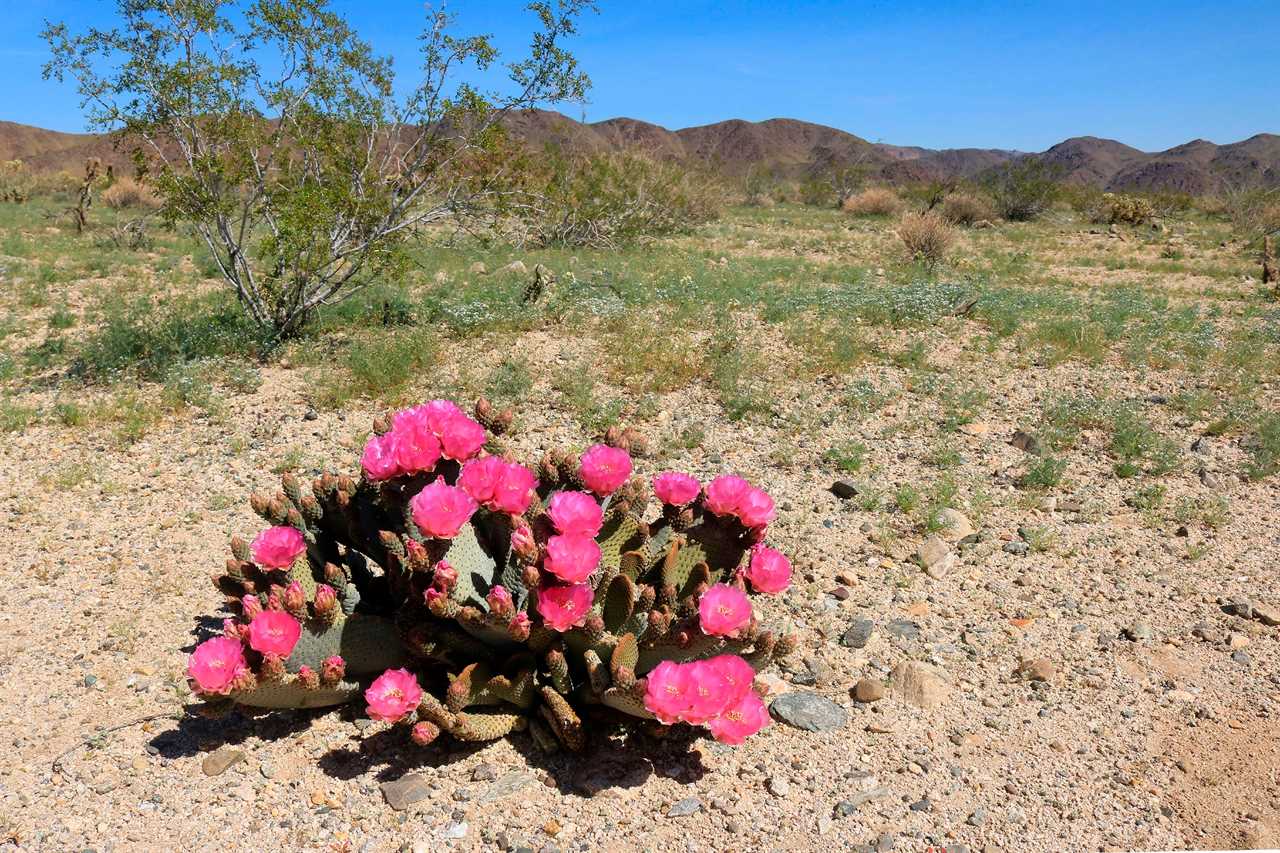Daniel Gjiknuri/Getty Images
- Deserts get very little rain, and moisture evaporates quickly.
- Humans can only last a few days without water, especially in a hot, dry climate.
- Containers can help collect moisture that forms overnight.
This article is primarily transcribed from a 2017 Insider video on "How to find water if you're ever stuck in a desert." Some of the information has been updated.
Depending on a variety of factors, humans can go without water for between two to four days. In an extremely hot climate, like a scorching desert, signs of dehydration would start to kick in faster than in a cool, shady setting.
You don't want to over-exert yourself and lose more water sweating than you'll find in the arid environment. That's why it's important to know, ahead of time, where the most likely water sources in a desert may be hiding.
Follow the plants and animals
If you see trees such as cottonwoods, sycamores, willow or tamarisk trees, it suggests a nearby water supply, according to the Phoenix Fire Department's desert survival tips.
Some cacti species, on the other hand, taste bitter or have toxic sap that makes them unsuitable for consumption. That said, the prickly pear cactus is edible.

Education Images/UIG via Getty Images
The University of Nevada, Reno, suggests wearing leather or rubber gloves and using tongs to harvest a prickly pear cactus. After harvesting, burn it over an open flame to remove the thorns. You can then peel the fruit once it's cool enough to touch.
In reality, you're probably not in a situation where you're going to go through all that work, so if you find a prickly pear just be extra careful while harvesting and peeling the skin. Inside, you'll find fleshy fruit that resembles a melon or kiwi.
Keeping an eye out for where insects, birds, and mammals congregate could lead you to a water source, as well. Just be careful around wild animals and don't get too close.
Even a dry river bed could be a resource. At a bend, dig 3 to 6 feet down and look for damp sand, indicating the presence of water. Instead of continuing to dig, let water seep into the hole from the surrounding sand.
Create a water-collecting device
Turning over rocks in the early morning might offer up some dew, according to The Independent. Tarps, shoes, bottles, or other receptacles can capture small amounts of moisture overnight, too.
But make sure to collect any morning moisture before sunrise, since the sun's glaring rays can quickly evaporate what small amount you might find or collect, per futurum.
Canyon basins, valleys, or any place where water or rain might flow downhill are good spots to set up collectors, too, The Independent reported.
Hopefully, you have a portable water filter to take care of any contaminants. Waterborne illnesses can cause symptoms like diarrhea that lead to dehydration, but you may have to risk it if you're dying of thirst.
Watch the original video here:
Read More
By: [email protected] (Jenny McGrath)
Title: How to find water when you're lost in the desert
Sourced From: www.businessinsider.com/how-where-to-find-water-lost-in-desert-survival-guide-2023-8
Published Date: Mon, 21 Aug 2023 18:30:09 +0000
.png)





